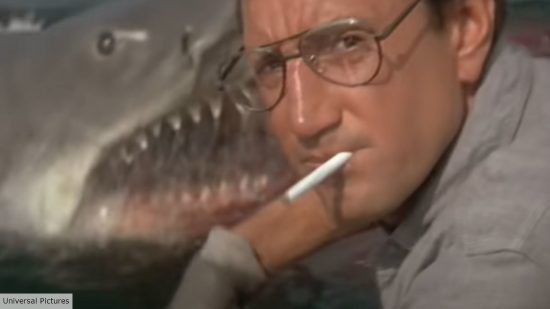It’s hard to overstate the cinematic importance of Jaws. Not only is it one of Steven Spielberg’s best movies, it’s also one of the best movies of all time, period. Released in the mid ‘70s, the thriller movie helped define the blockbuster, and was the highest-grossing movie of all time until the first Star Wars movie came along, two years after.
Jaws follows the story of Chief Brody (Roy Scheider) as he seeks to protect the small island town of Amity from an unfathomably large shark terrorising its shores. This results in an epic climax which sees Brody face to face with the shark, with the pair locked in a deadly duel.
With its technical innovations and the director’s masterful mounting tension, Jaws established Spielberg as the filmmaker who he remains today. It gave Spielberg the space to helm subsequent successes, with the science fiction movie Close Encounters of the Third Kind, the first Indiana Jones movie, Jurassic Park, and more. But Jaws almost never made it to the screen and production on the shark movie was as nightmarish as the shark itself.
A mini-budget for a mega-shark
Jaws began life with a meagre $3 million budget which – even accounting for inflation – is a small allowance for a movie with such high ambitions and technical requirements. On top of that, the proto-blockbuster was initially expected to be completed within less than two months..
Neither the schedule or financial plans proved to be realistic, though. When the final day of shooting did eventually come around, both the schedule and budget ended up being almost triple what was initially expected.
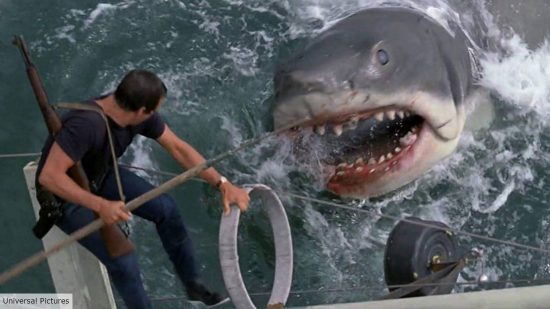
One of the biggest impacts on expanding budget, which was gradually swelling like a fresh black-eye, was the protracted shoot. Having initially been scheduled for 55 days, the final shot on Jaws actually took place after 159 days of shooting.
This huge delay was triggered by a great variety of on-set difficulties, compounded by Spielberg’s relative inexperience in relation to the technical complexity of the movie he was making. At the forefront of these was the fact that Jaws was largely filmed on the ocean.
Working on the water proved to be one of Spielberg’s most overwhelming challenges, and the director had to deal with sinking ships, a shark that refused to float, seasickness, and Richard Dreyfuss being trapped under the waves.

A shark movie without a shark
You can’t make a shark movie without a shark. That’s not a particularly insightful or revolutionary statement, but it is something that Spielberg had to continuously consider while on the set of Jaws, because the huge mechanical shark created for the movie refused to work.
As it turns out, mechanical creations aren’t particularly happy sitting in the ocean. The sea water seeped into the mechanical shark, fondly named Bruce, and began corroding the exterior and interior of the creation.
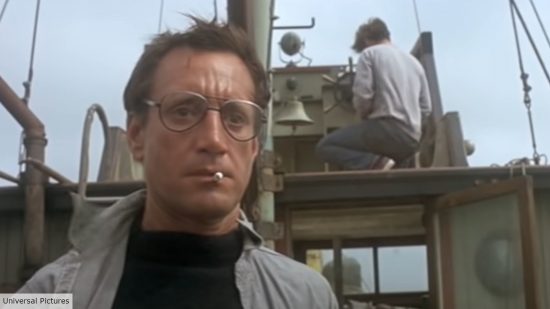
The damage to Bruce made the shark near-impossible to control, and it refused to behave as Spielberg desired. At one point, George Lucas, who was visiting the set, got his head stuck inside Bruce’s jaw when the controls stopped responding and its mouth wouldn’t open again.
These constant problems are a significant part of the reason why the shark itself is kept so hidden from the audience up until the halfway point of the movie: the less it had to be on camera, the better.
Thankfully, this ended up being to the film’s benefit. Part of the thrilling tension of Jaws is not knowing exactly what it is that’s in the water, and the moment when the shark forces itself onto the deck of the Orca and is seen fully for the first time is all the more spectacularly horrifying and dramatic because of the reveal. We realise the shark is exactly as terrifying as we could have possibly imagined.
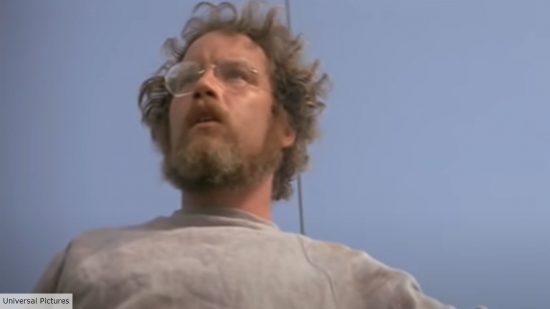
Feuding actors
Above all the studio concerns about budget and time, and the technical conundrums that Spielberg had to contend with to actually get the movie over the line, were the personal, human issues on set.
The movie’s main trio, Roy Scheider, Robert Shaw, and Richard Dreyfuss were not the best of friends. Of course, colleagues don’t necessarily have to be friends, but active dislike and tension between a movie’s leading stars is not a perfect recipe for success.
The main source of friction was between Shaw and Dreyfuss; both of whom initially rejected Jaws and had to be convinced to take on their parts in the first place (their roles were still unfilled nine days before filming on Jaws was set to begin).
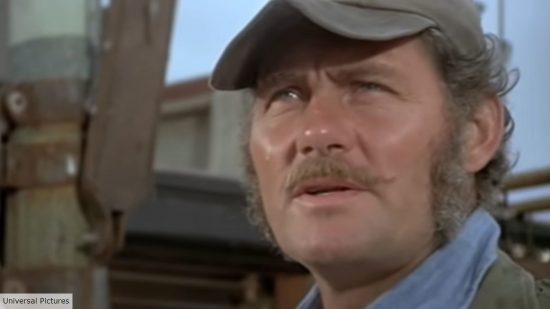
Dreyfuss was a young, relatively inexperienced actor while Shaw was a veteran with a wealth of knowledge. Scheider believed that this dynamic played into their disagreements, and he said that Shaw believed Dreyfuss was an arrogant upstart with “no experience” who needed “slapping down”. Spielberg would later say that Shaw frequently took opportunities to “humiliate” Dreyfuss, using his experience to convince him into taking chances that he wouldn’t otherwise take.
This was compounded by Shaw’s on-set drinking, which in one instance meant that a take couldn’t be completed. Shaw suggested that while he drank when bored, Dreyfuss’ method of coping was to “just talk interminably”.
The animosity that grew between the actors shared some parallels with the characters they were playing themselves. Whether consciously or not, Spielberg managed to channel those frosty relationships into a crackling on-screen chemistry, where it otherwise might have threatened to derail the project.
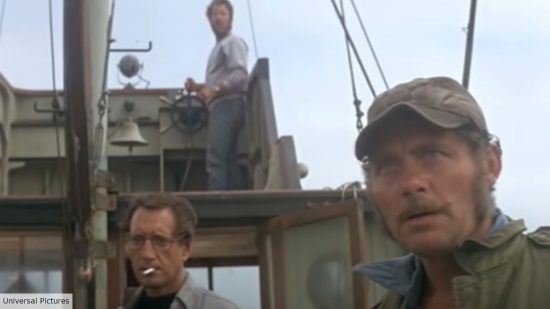
Whether it was sharks that couldn’t swim or a shooting-schedule that tripled, the adversity behind the scenes of Jaws helped to forge this picture into Spielberg’s first bona fide masterpiece. The director was forced to make significant changes and pivot with creativity and flair, helping to prove that pressure does indeed create diamonds.
For more movie magic, check out our guides to the best fantasy movies, the best adventure movies, and the best action movies. Or, keep up to date with every major new movie coming out in 2023.
